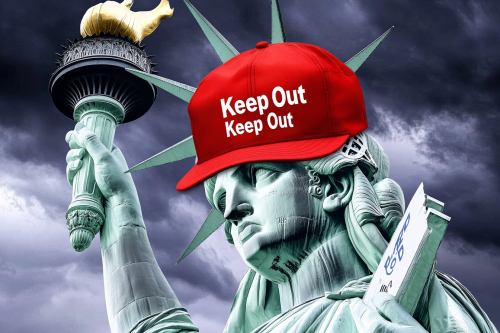US Citizenship and Immigration Services (UCIS) has announced that the H-1B visa quota for the 2016 fiscal year (October 1 2015 – September 30, 2016) has been reached, inclusive of the 20,000 granted to US advance degree holders such as those with a masters degree or higher.
This means that no new cap-subject H-1B visa applications may be lodged until April 1, 2016 with the start date being October 1, 2016 or later.
H-1B Visa Lottery system
Petitions received after 7 April, 2015, will be declined and returned along with USCIS filing fees. Applications received between April 1 and April 7 have been entered into a random selection process or 'lottery' to determine which petitions come under the H-1B cap.
The lottery was applied first to the Master's cap cases with those applications that are not selected for the Master's cap exemption from the H-1B quota being entered into the lottery under the regular H-1B cap.
H-1B Annual quota reached quickly each year
Every fiscal year the H-1B quota is 65,000, some of which are set aside for Chilean and Singaporean citizens. This means that the effective cap for all others nationalities is actually less than 65,000.
Additionally, 20,000 H-1B visas are made available for candidates who have at least a Master's Degree or higher from an accredited higher education institution in the US.
In recent years the H-1B visa quota is reached within a few days of the annual visa allocation becoming available in beginning of April each year.
H-1B petitions not subjected to H-1B visa cap
As specified by US immigration law, the following visa types are not subject to the annual H-1B cap and can be lodged without numerical restriction.
- H-1B petition extensions and amendments for existing H-1B employees.
- H-1B change of employer petitions for candidates counted under a previous year's H-1B cap that hold H-1B status and are seeking a change of employer.
- H-1B petitions on behalf of employees of institutions of higher education.
- H-1B Petitions on behalf of employees of non-profit organizations affiliated with institutions of higher education.
- H-1B petitions on behalf of employees of non-profit research organizations or Governmental research organizations.
- H-1B Petitions on behalf of candidates who were previously granted H-1B status in the past six years and have not left the United States for more than one year after acquiring H-1B status.
- H-1B petitions lodged on behalf of J-1 non-immigrant physicians who have received a Conrad 30 J-1 waiver.
Potential alternative options to H-1B visa classification
Although the cap for the 2016 fiscal year has been reached, in some cases candidates for H-1B classification are potentially eligible under one or more alternative non-immigrant visa classifications.
Canadian and Mexican immigrants seeking entry into the US for employment purposes can pursue the TN1 non-immigrant category for jobs in certain professional categories in accordance with the North American Free Trade Agreement (NAFTA).
The H-3 visa category can be used for the temporary training of qualified foreign nationals in the US in accordance with a detailed, established training program.
The L-1 category is available to international transferees who have been employed by a company overseas for at least 12 months in the last three years and are being transferred to the US to continue their employment with an affiliate, branch office or subsidiary of the company in the US. However, the job role must continue to be in a managerial, executive or specialized knowledge capacity.
The E-1 Treaty Trader and E-2 Treaty Investor route can be used for employing qualified staff with companies in the US where the nationality of the owner of the company is on a list of Countries that has an applicable trade or investment treaty with the US. The employee must also be the same nationality as the owner.
For Australian citizens who will be employed in the US in a specialist occupation, the E-3 non-immigrant category is a good option and is easier to obtain than an H-1B visa.
Individuals who are at the top of their field might wish to consider the O-1 Alien of Extraordinary Ability visa option.
Workpermit.com can help with US Visa Applications.
workpermit.com can help with a wide range of US work visas. Contact the London office on 0344 991 9222 for further details.




